2025 Outdoor PolicY:
Land use issues workshop at the Vermont Outdoor Economy Summit
Save the Date! February 12, 2024, Vermont Outdoor Recreation Day at the State House
VOBA Summit Policy Quick Facts
Conservation & Act 59:
Drew Simmons, Pale Morning Media
Shelby Semmes, Trust for Public Land and Forest Partnership
Trey Martin, Vermont Housing & Conservation Board
ACT 59/H.126 - 2023 Bill
Two milestones required before implementation:
Inventory Report - completed Aug./Sept. 2024
Conservation Plan - to be submitted by Dec. 31, 2025
The plan will include:
A comprehensive strategy for achieving conservation goals of 30x30 and 50x50
Implementation methods for achieving the vision and goals
Recommendations to provide and increase equitable access to protected and conserved lands, including recreational access
Recommendations for how to implement conservation goals while enhancing current state investments and commitments.
As part of developing the plan, the VHCB is required to hold 12 or more public meetings on the plan between July 1, 2023 and December 31, 2025 to solicit input from stakeholders.
Stakeholders shall include:
private owners of forestlands and agricultural lands,
land trusts,
conservation organizations,
environmental organizations,
working lands enterprises,
outdoor recreation groups and businesses,
Indigenous groups and representatives from historically marginalized and disadvantaged communities,
watershed groups,
municipalities,
regional planning commissions,
conservation commissions, and relevant State and federal agencies.
At least three of the meetings shall be designed to solicit comments from the general public.
Act 250 & Housing & Act 181:
Jamey Fidel, Vermont Natural Resources Council
Megan Sullivan, VT Chamber of Commerce
Act 181/H.687 - 2024 Bill
VNRC Summary of the Act 250 Changes - Jun 5, 2024
Act 250 - location based jurisdiction as classified into these Tiers:
Tier 1A
Act 250 Exemption: No Act 250 permits will be required for residential, commercial or industrial development in areas with municipal planning; public water/sewer infrastructure, or planned improvements for compact development; flood hazard and river corridor bylaws (or exclusion of those areas, with exception); planning & land use bylaws that support growth in/around compact centers.
Tier 1B
Tier 1B areas will be designated as such upon review and adoption of the RPC future land use maps - due December 31, 2024. No Act 250 permits required for the construction of projects with 50 or fewer housing units located on 10 acres or less in these areas. Tier 1B areas must have municipal planning; public water/sewer infrastructure, or adequate soils for compact development; land use bylaws; flood hazard and river corridor bylaws (or exclusion of those areas, with exception); and staff, including contracted capacity, to support development review & zoning.
Tier 2
The lands outside of Tier 1 areas would consist of most of our state and are characterized by natural resource areas, working farms and forests, and low-density development areas. Act 250 jurisdiction would remain the same, with the exception of a new road rule to replace an older version. The act includes a rulemaking process on how the new road rule should be applied.
Tier 3
Tier 3 would include the state’s most critical natural resource areas where Act 250 jurisdiction, or some level of protection, is warranted based on the sensitivity of these resources. Act 181/H.687 identifies certain areas that should be considered for designation - including river corridors, headwater streams, habitat connectors of statewide significance, riparian areas, pristine waters, and certain natural communities - but leaves the selection of such areas to a multi-year rulemaking and stakeholder engagement process led by the LURB and Agency of Natural Resources. Tier 3 designation in any selected areas would not preclude development, it would merely require Act 250 review. The rulemaking process, however, will determine if other programs or permitting processes are more appropriate to protect the resource area.
Upcoming 2025 Deadlines and Points of Engagement:
January 1, 2025: The Governor must appoint members of the Land Use Review Board (LURB), and Tier 3 Working Group must be convened;
July 1, 2025: The Forest and Habitat Fragmentation Working Group must be convened.
December 15, 2025: The Transportation Support Study Report due;
December 31, 2025: The Municipal Technical Assistance Report due.
Recreation Access Recognition proposal: NEW
Nick Bennette, Vermont Mountain Bike Association, Vermont Trails & Greenways Council,
Becca Washburn, Lands Administration and Recreation Division Director, Vermont Department of Forests, Parks and Recreation
Alongside FPR, consolidate existing use-specific trail Best Management Practices (BMPs) into a set of Universal BMPs for the Vermont Trail System, to ensure all public access trails are built and maintained to a high standard;
Pursue a landowner recognition system for those who provide public access trails on their property;

